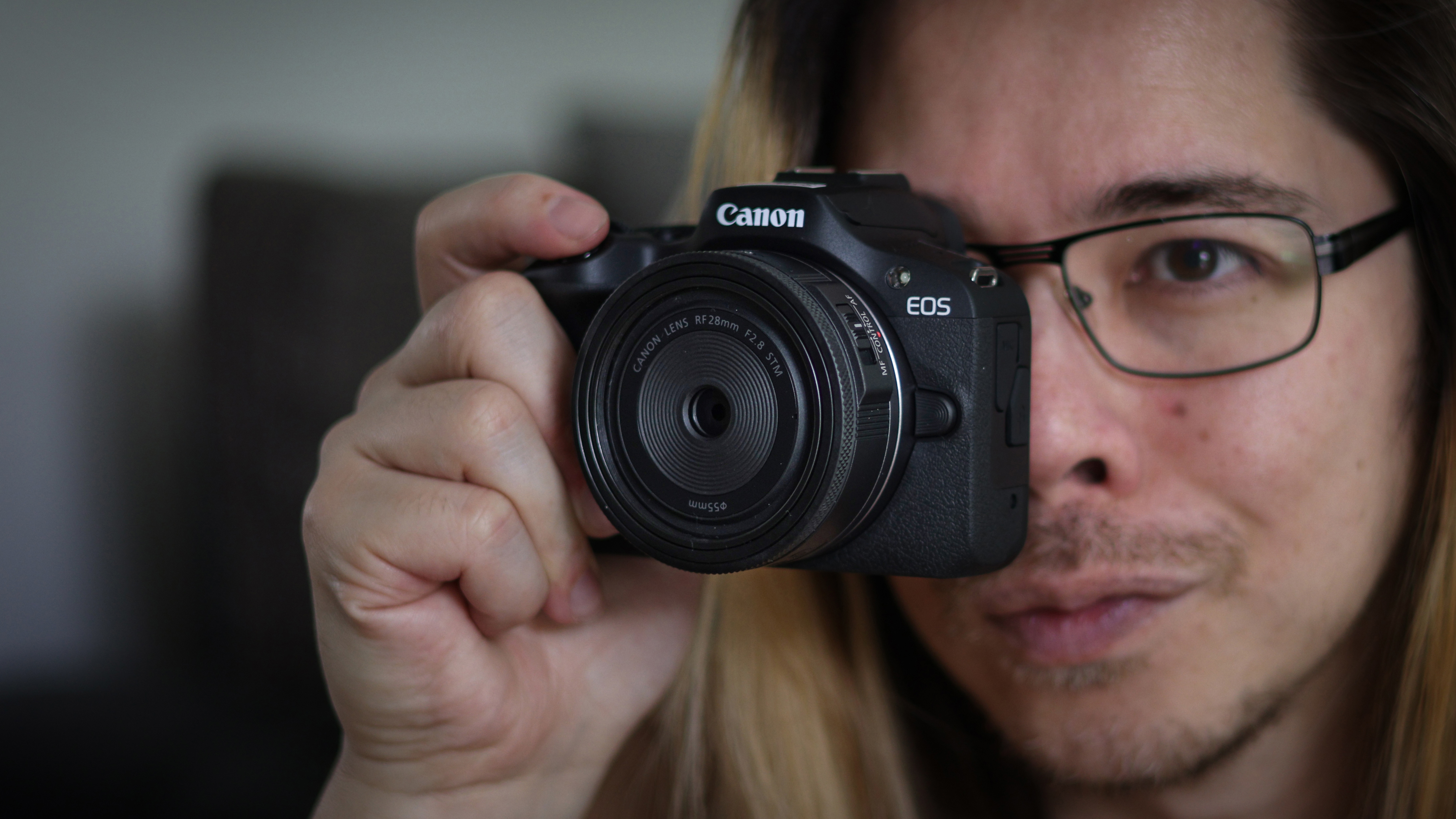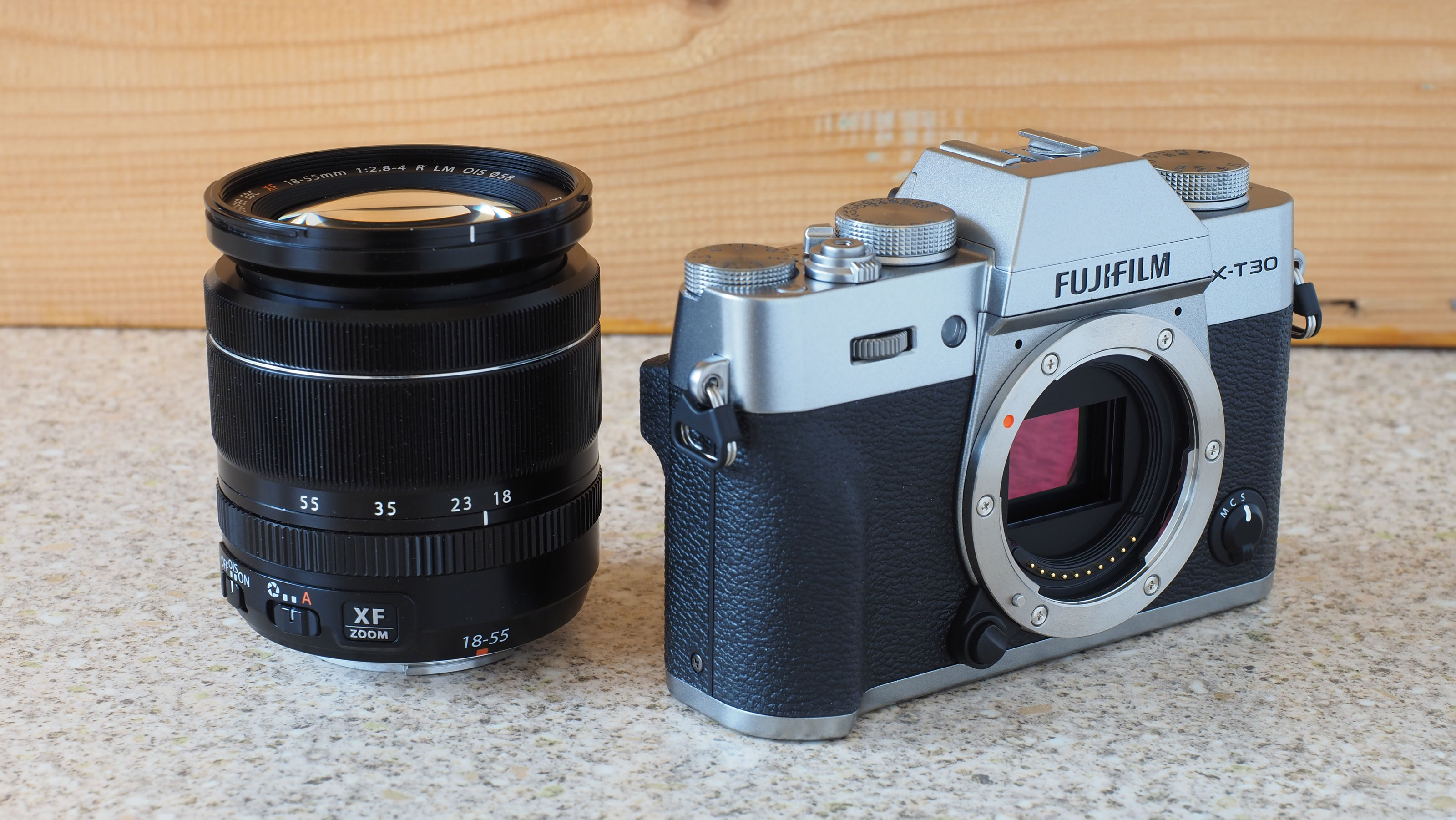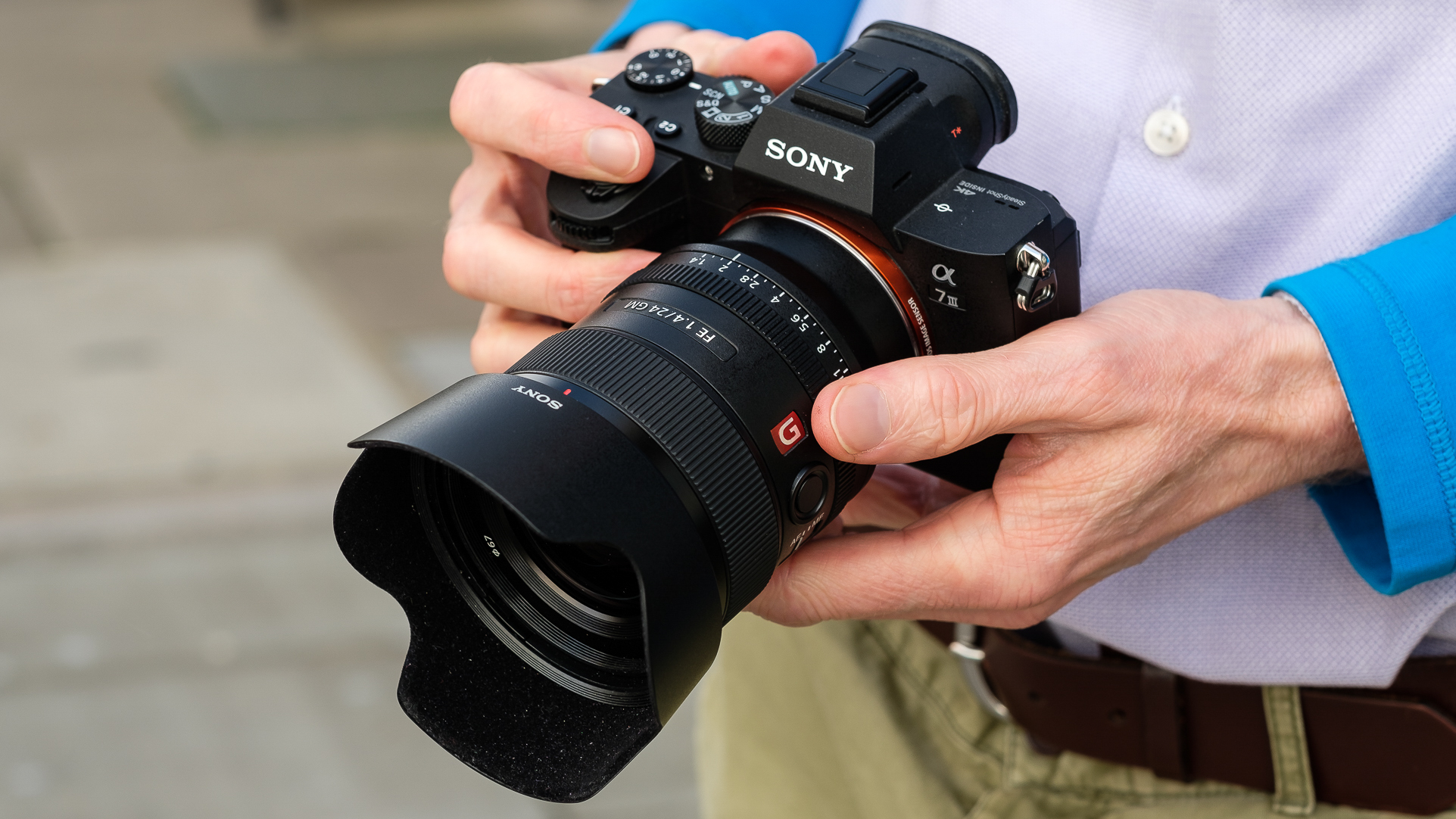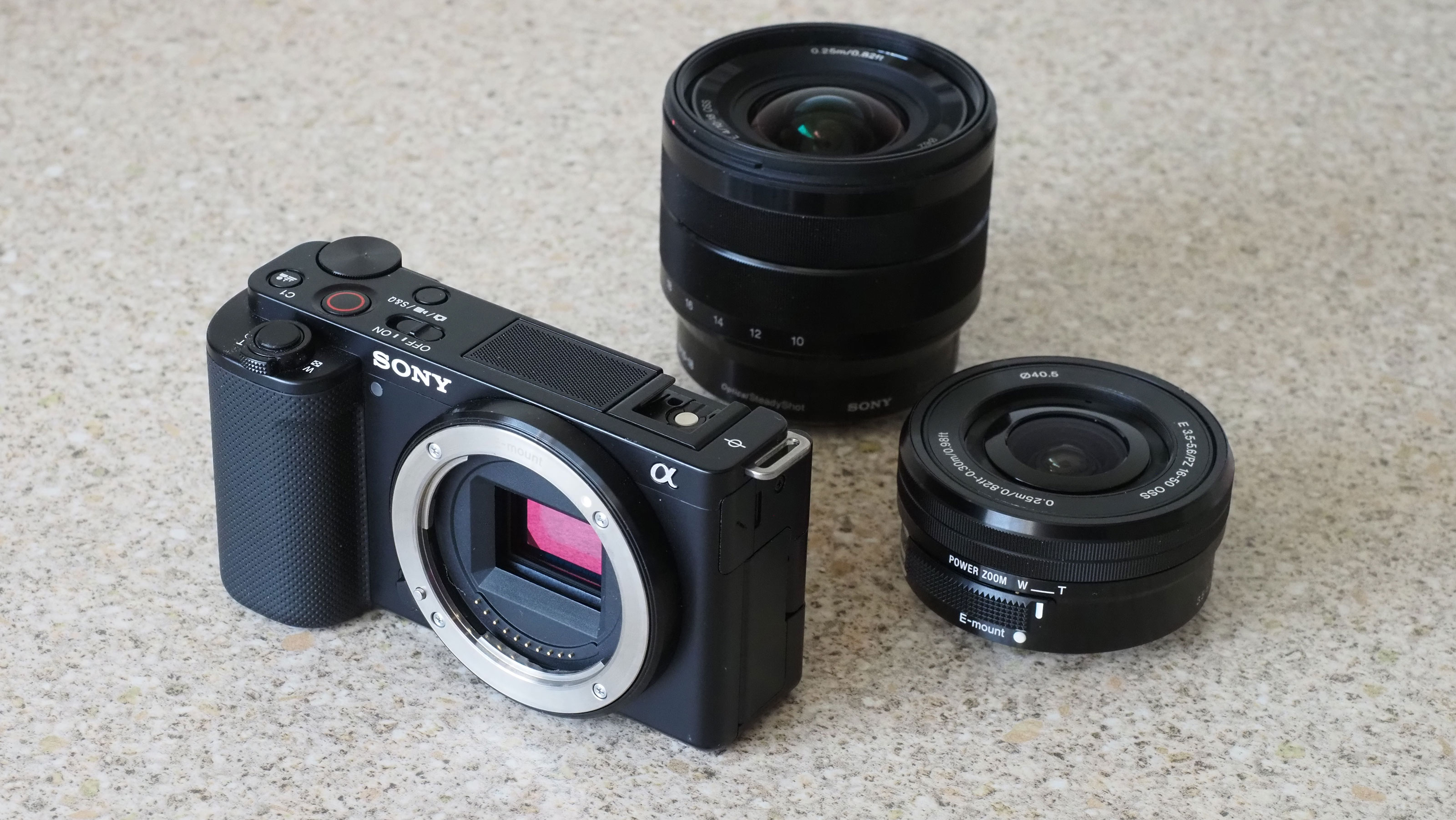Best student camera in 2025: top gear for school and college photography courses
The very best student cameras are a joy to use and will help you excel in your photography course
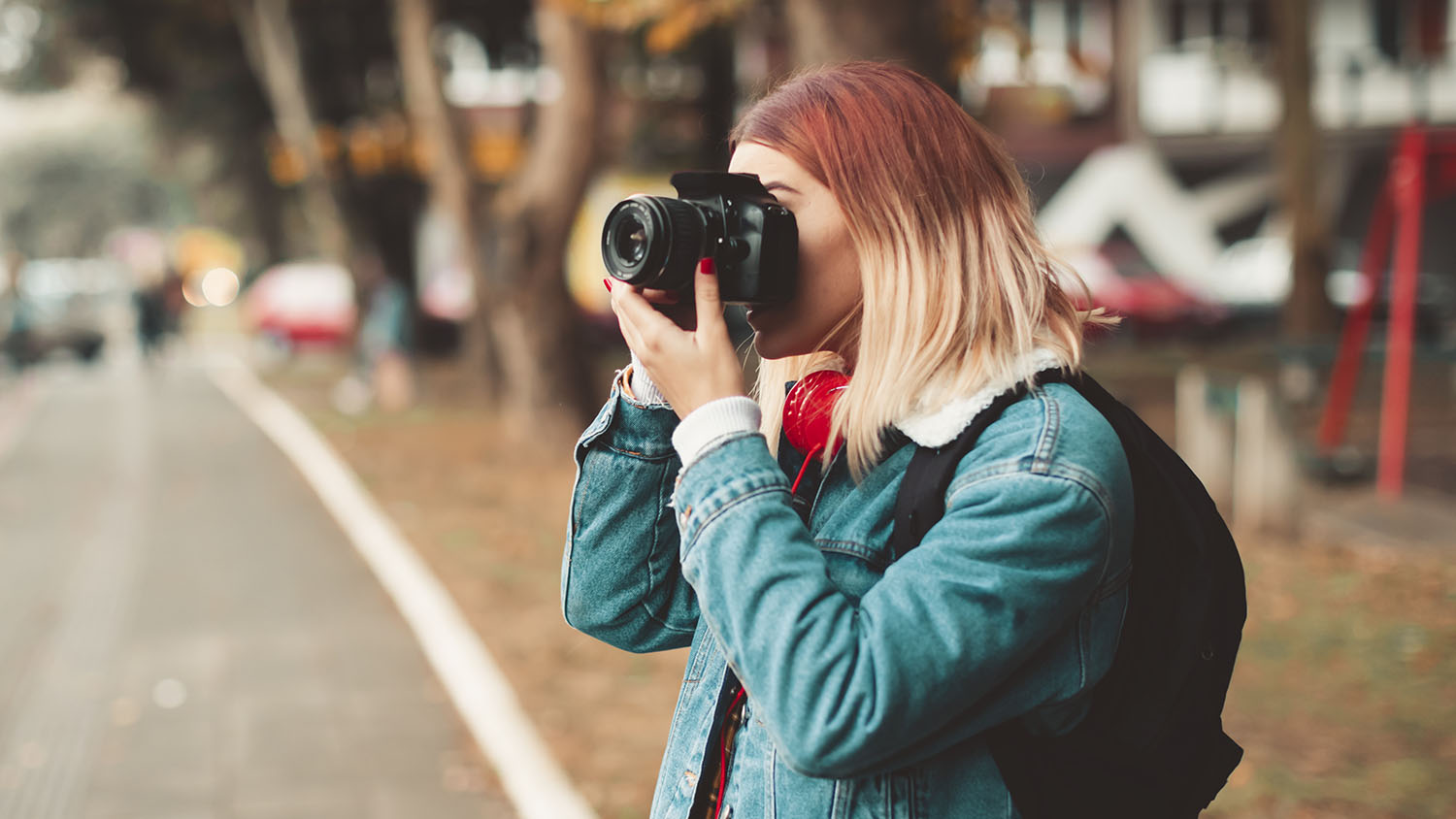
While the best student camera is always going to vary somewhat based on your particular studies, there are certainly qualities that are all but guaranteed to be important. A great student camera should be affordable, and it should be easy to use while also offering room to grow.
I’ve stacked this list with cameras that tick all these boxes. Every model on this list is a capable camera that's a great place to start your journey, whether you’re looking for something for photography, video, or a little of both – though if you're studying filmmaking specifically, check out our companion guide to the best cameras for film students.
Once, the best student cameras were all DSLRs thanks to their low price and wide selection of lenses (especially cheap second-hand ones). However, these days mirrorless cameras are more affordable, more capable and crucially more future-proof than even the cheapest DSLRs (which have essentially been abandoned by the industry).
So, taking all these factors into consideration, I've put together this list of the best student cameras to buy.

Gareth is the Reviews Editor at Digital Camera World, and the person in charge of approving all the latest camera-related tech. Going from a photography student to a professional with several years of experience as a photographer and videographer, he knows exactly what features he found crucial when studying.
The Quick List
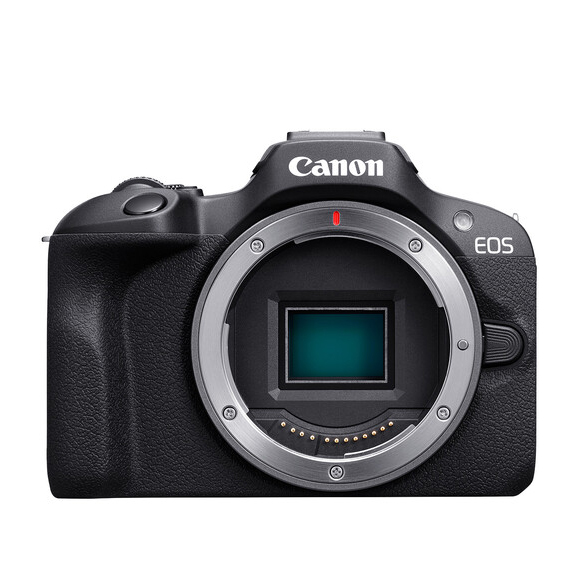
The Canon EOS R100 is one of the cheapest modern cameras you can get, but it has no shortage of features for beginners with a high-quality APS-C sensor, images look clean and professional, and with a range of lenses available for different subjects, you can explore and grow with the kit.
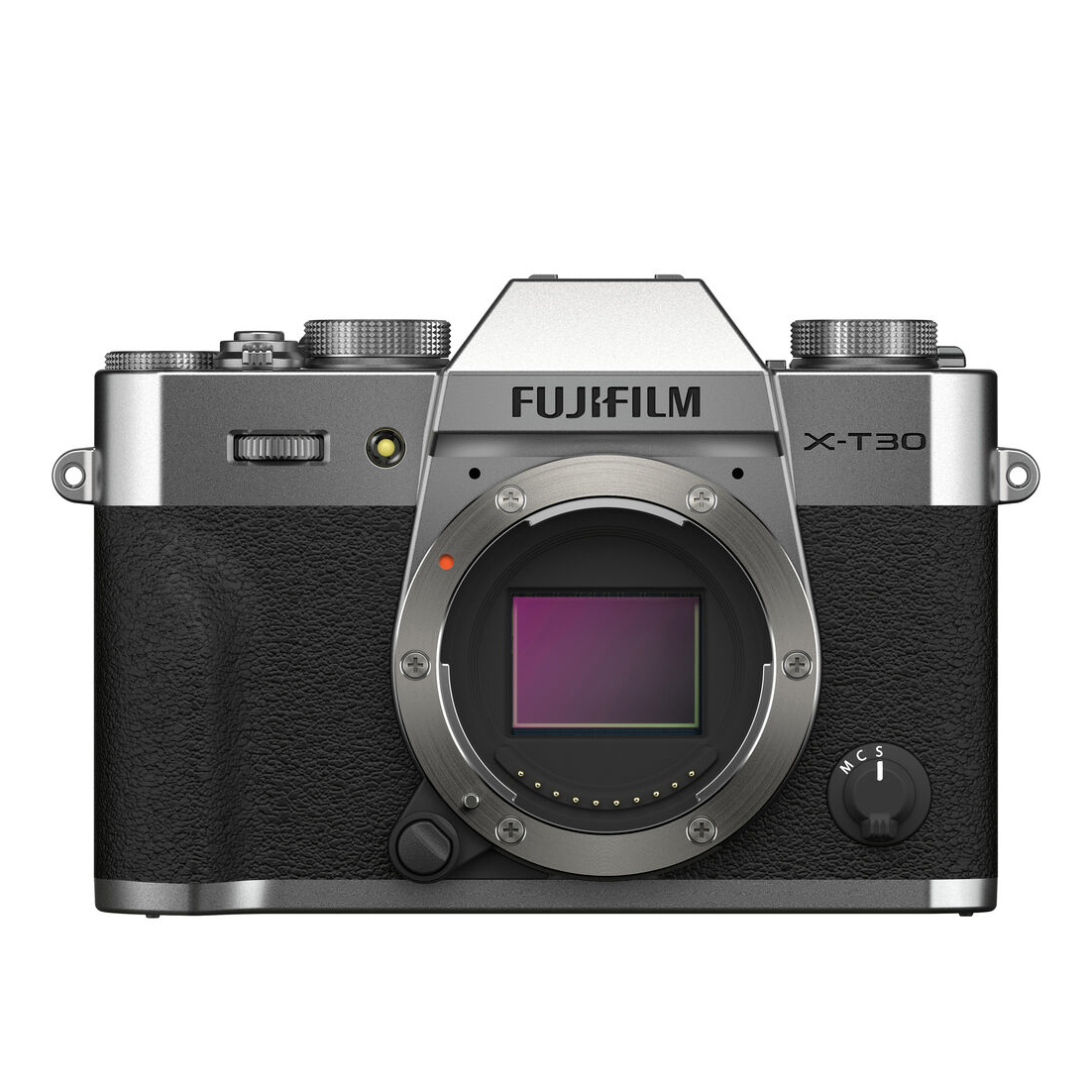
One of the best ways to learn photography settings is to have them manually dialed in, which is why the Fujifilm X-T30 II makes a fantastic student camera. With clearly marked dials for aperture, shutter speed, and ISO you can really understand the effects in images.
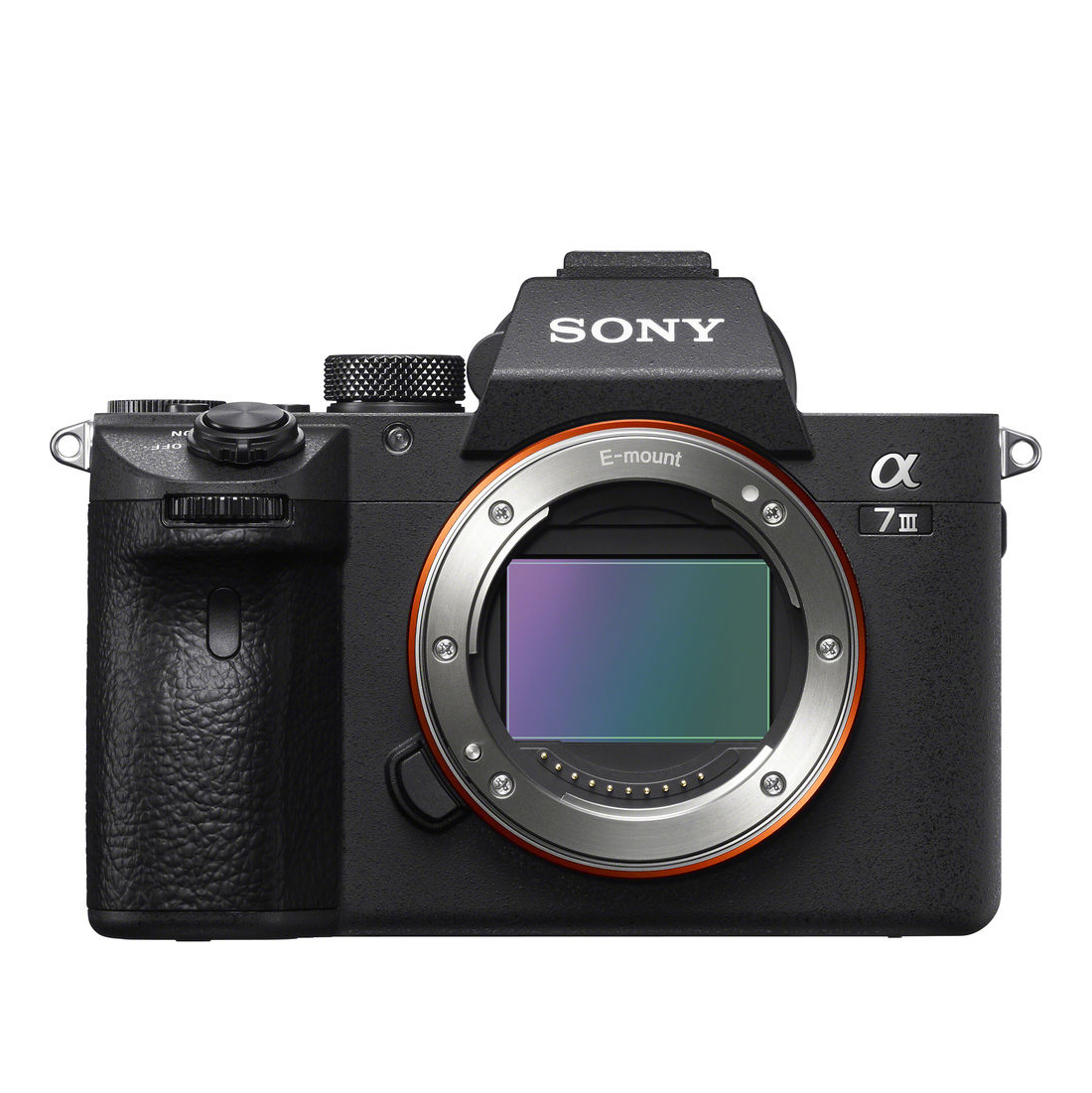
There are more modern cameras, but the Sony A7 III hits the sweet spot for all the features a student is going to need at a price that is affordable alongside all the other college expenses. With a full-frame sensor, and 4K video, you can produce professional-looking work for your course.

For the multimedia shooter, this is a fantastic video camera that also takes very good stills, although the lack of a viewfinder might put some students off. The ZV-E10 can access Sony's great collection of lenses and the built-in stereo microphone will save you some money on extra accessories.
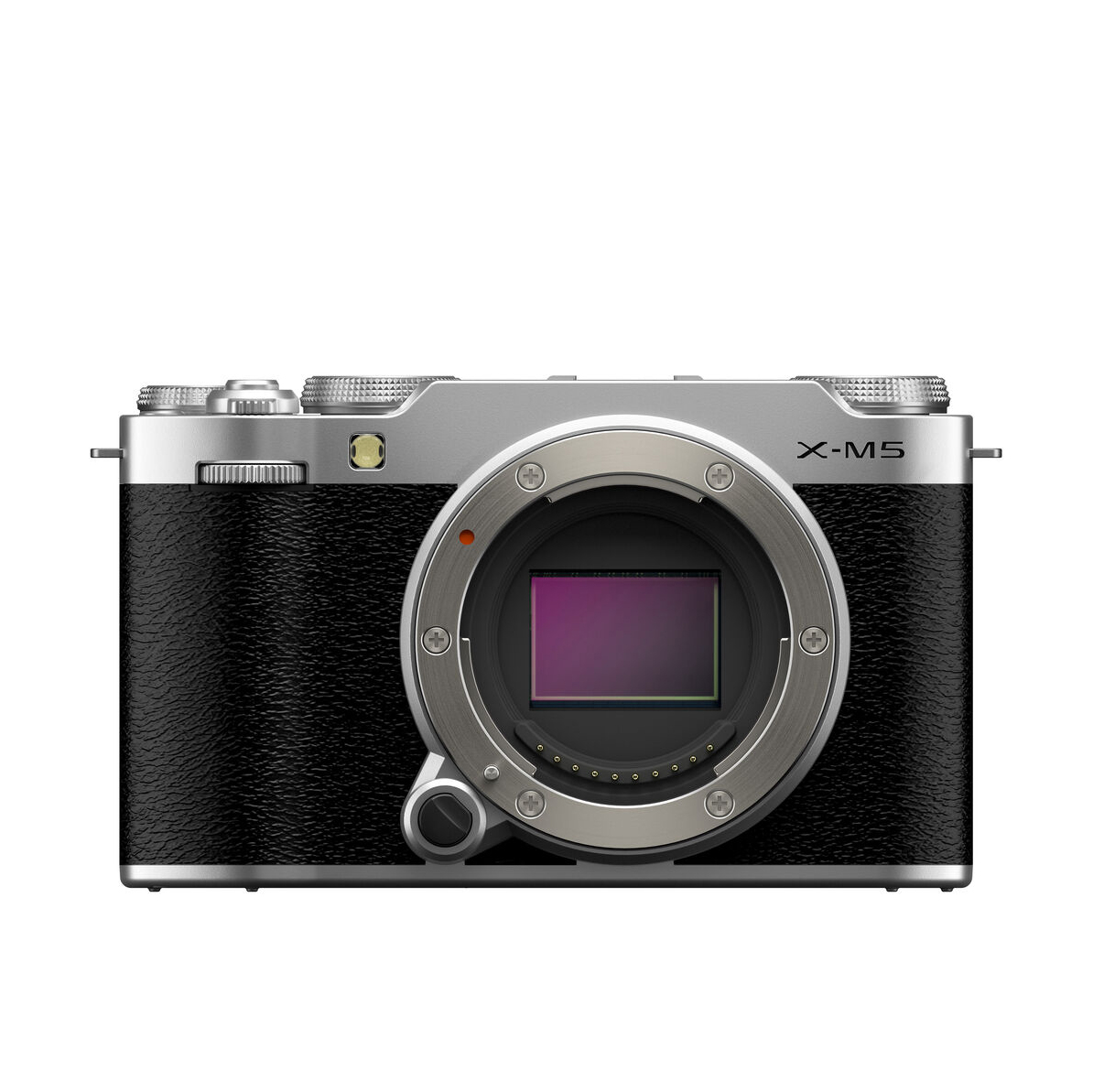
If you are looking for a camera for multimedia study, then the Fujifilm X-M5 is one of the best hybrid cameras around. It may be tiny, but it shoots open-gate 6K video, and is no slouch for stills either thanks to the latest Film Simulations.
The best student cameras
Why you can trust Digital Camera World
Best value student camera for beginners
Specifications
Reasons to buy
Reasons to avoid
✅ You want a camera that’s built to survive years of study and daily use
✅ You want better image quality than your smartphone can offer
❌ You want a touchscreen for quicker, more intuitive control
❌You want faster features for action, sports, or serious video work
The Canon EOS R100 excels as a camera for students, and I think it's going to be the right choice for most. It's an ideal option for beginners, offering simple controls and a guided user interface that is perfect for those who want to focus on their studies rather than diving into technical details. The camera's ability to create effects like shallow depth of field is particularly useful for student photographers who want to get artistic or professional-looking photos without investing in more complex and expensive cameras.
In usual Canon fashion, the camera looks fairly utilitarian but is really well built and will survive your entire course (and probably long after that too). Although I would have appreciated touchscreen controls, the D-pad on the back of the camera still makes it easy to navigate menus and settings.
Importantly, the EOS R100 isn't just a beginner's camera; it's a camera that can grow with you as you develop your photography skills and interests. It benefits from the trickle-down effect of technology, inheriting increasingly powerful features as advancements are made. This makes it a very capable mirrorless camera that puts powerful photographic capabilities in the hands of students who want to take better pictures than what's possible with a smartphone.
Read our full Canon EOS R100 review for more details.
Best camera for learning manual controls
Specifications
Reasons to buy
Reasons to avoid
✅ You want classic looks with modern performance in a compact body
✅ You want access to Fuji’s stunning film simulations straight out of the box
❌ You want in-body image stabilization for more confident handheld shooting
❌ You want a fully articulating screen for vlogging or creative angles
The Fujifilm X-30 II is an excellent camera for students due to its manual control dials providing a hands-on learning experience for students who are interested in mastering the art of photography. Additionally, Fujifilm's film simulation modes can help photographers better understand the interplay between color and exposure, and what effect that can have on images.
The camera also benefits from a compact size and ease of use. With its 24.3MP APS-C sensor, students can rely on high-quality images with great detail, perfect for photography assignments and projects that might be displayed to the class. While not quite as sharp as newer models, the camera's autofocus and continuous shooting capabilities make it suitable for capturing action shots. As Rod found in our review, while there are some control niggles to the camera, like the strange placement of the Q button, the images it produces are first-rate.
While I'd say it's predominantly a stills camera, the X-T30 II's tilting touchscreen and 4K video recording capabilities make it versatile for photographers who like to dabble in a little video on the side.
It also has a durable build that takes inspiration from classic film cameras from the past, it's a stunning camera with a big social media following, so you'll definitely be one of the coolest photographers in class. Battery life is a little weak though, so you might want to invest in a few spares, but overall, the Fujifilm X-T30 II is a dependable and feature-rich camera that suits the diverse needs of students across various disciplines.
Read our full Fujifilm X-T30 II review for more.
Best camera for advanced students
Specifications
Reasons to buy
Reasons to avoid
✅ You want solid 4K video and Full HD slow-motion for versatile shooting
✅ You want professional image quality with excellent low-light performance
❌ You want a fully articulating screen for vlogging or selfie-style shooting
❌ You want a simpler, more intuitive menu system
If you're looking for something more advanced, then full-frame is a great choice – and for my money, the best-value full-frame camera going right now is the Sony A7 III. Since it was launched in 2018, it's been a popular choice among professional photographers, and now that its price has dropped in the wake of the arrival of the A7 IV, it's also a great option for anyone looking to study photography.
With a 24.2 MP full-frame sensor, it's capable of producing high-quality images and performs really well in low light thanks to its 14 stops of dynamic range – which bore out in our testing. Essentially, whether you're shooting in bright, dark or highly changeable conditions, the A7 III will deliver.
If you're likely to need a camera that also shoots professional-looking video, the A7 III can shoot in 4K UHD at up to 24/30fps or in Full HD at up to 120fps which is ideal for shooting slow-motion. It has Bluetooth and wifi connectivity which is perfect for transferring images on the go, it also has a tilting screen and lots of customizable buttons so you can set it up just how you need it.
The only downside is the menu system will take some getting used to, especially if you've come from Nikon or Canon but don't let that put you off; after a few hours of studying you'll start to know where everything is. In our full review, Rod discussed how the A7 III was a camera that was basically good at everything, and this is still true several years down the line.
Read our full Sony A7 III review for more details
Best camera for learning video basics
Specifications
Reasons to buy
Reasons to avoid
✅ You want a camera that makes it easy to start shooting 4K video.
✅ You want access to a huge range of affordable E-Mount lenses for any subject
❌ You want more physical controls if you're planning to shoot fully manual
❌ You want a viewfinder for more traditional stills shooting and better visibility in bright light
I think if you're a student who's looking to get to grips with the basics of video, the Sony ZV-E10 is your best choice. A mirrorless camera offering impressive features and portability, the ZV-E10 sports an APS-C-sized sensor that can produce great 4K footage. The camera's autofocus system is excellent, with a range of features from auto-tracking faces and animal subjects – and with E-Mount lenses, you always have the option of using fine manual control if needed.
Indeed, the E-mount opens up the ZV-E10 to an amazing selection from Sony and third parties, which cover nearly every price point with one suitable for every conceivable subject. The ZV-E10 can also save you some money with its built-in stereo microphone that does a decent job of in-camera audio. It's not as good as an external mic, but it's certainly good enough, and this is great for keeping down cost and clutter.
The ZV-E10 lacks a viewfinder, which does hurt its photography credentials a little, but this also helps it have it an incredibly lightweight build that makes it easy to carry around campus or out and about while shooting. The ZV-E10's flip-out screen is also great for capturing photos and video, particularly those low angles.
It has actually seen a successor: the Sony ZV-E10 II. However, this newer camera is naturally much more expensive, and while features like the improved autofocus system are nice to have, the street price is currently almost double that of the ZV-E10. If your budget can accommodate, the ZV-E10 II is certainly superior – however I suspect the ZV-E10 will better suit the majority of students.
Read our full Sony ZV-E10 review for more details.
Best camera for multimedia students
Specifications
Reasons to buy
Reasons to avoid
✅ You want 6K open-gate video and proper subject tracking without paying pro prices
✅ You want a portable tool that works for travel, street, content creation—whatever you throw at it
❌ You are not interested at all in video – for pure photographers, the X-T30 II is probably better value.
❌ You want a viewfinder.
I admit, I was surprised by just how much I liked the Fujifilm X-M5 when I tested it out. A diminutive mirrorless camera with no viewfinder, it doesn't look entirely serious at first glance. But start using the thing, and you quickly realise – this is a camera that does everything. It’s a stills camera. It’s a video camera. It’s great for travel, street work, and content creation. If you're a multimedia student who sees themselves needing to produce both photos and videos to high quality, I'd thoroughly recommend the X-M5.
With the same X-Trans sensor as many popular Fujifilm cameras, the X-M5 dependably produces brilliant-looking images. That superb Fujifilm colour science is present and correct to ensure that stills look great straight out of camera, and you also get all the latest Film Simulation modes to play with. Sure, it's a 26.1MP sensor rather than the 40MP version that has outfitted some more expensive Fuji models, but let's be real here – 26 megapixels is fine. It's going to be more than enough for students.
Onto video now, and don’t be fooled by its truly diminutive size – this is a proper video machine. You’re getting 6K open-gate recording, tons of codecs to play with, and subject detection that holds up in real-world use. There are even vlog-specific tools baked in, which content creators will eat up. Open-gate video, for those who don't know, means video recorded using the full width of a sensor, and this is becoming increasingly invaluable in an era when the same video is going to be disseminated at wildly different aspect ratios (e.g. widescreen 16:9 for YouTube and vertical format for TikTok).
If you're not at all interested in video, this may not be the camera for you; something like the X-T30 II might prove to be better value. It's also worth noting that it really is a very small camera, and perhaps not as well suited for those with larger hands. Otherwise though, I can thoroughly recommend the X-M5 for multimedia students – not least for its price that undercuts a lot of its competition!
Read our full Fujifilm X-M5 review for more details
Comparisons and Lab Data
When we review cameras on DCW, we send every camera to our lab for testing, which produces the numbers you see below that measure the camera's resolution, dynamic range, and noise, and in all three cases, higher numbers mean better performance.
Based on the lab data alone, you can see from this selection of cameras that the Sony A7 III with its full-frame sensor performs slightly above the other models, although it is one of the most expensive models on this list (although still a great bargain). Fujifilm's two cameras on the list (X-T30 II and X-M5) perform admirably on our tests and are well worth considering.
How to choose the best student camera
When choosing the best camera to use as a student, there are several factors to consider. First, portability is important. As a student, you need a camera that is easy to carry with you as you will undoubtedly be lugging textbooks and laptops around between classes as well, so keeping your overall load light is ideal. Choosing a lightweight and compact camera as possible would be perfect, so long as it also has the features you need.
Features are another essential factor, look for a camera that offers a range of features to accommodate your type of photography, whether it is portrait, landscape, or fine art photography, you need to pick a camera that has the performance and image quality you need.
Finally, affordability is crucial for any student on a budget. Look for a camera that offers good value for money without compromising on essential features and quality. Also when considering value, think about how durable the camera will be, as you will likely want it to last the entirety of your course (and maybe beyond).
How we test student cameras
Our real-world testing takes into account the intended use of the camera. We test how cameras perform in everyday shooting situations by shooting with them over several days or weeks on a range of subjects. Our testing takes into account the camera's intended purpose by the manufacturers, for example, high-speed cameras will be tested on fast-moving subjects or high-resolution cameras on subjects with lots of detail. This ensures that the camera review most accurately reflects the camera's strengths and limitations.
Our reviewer reports back on their experiences using the camera, how the camera feels and works, any issues they encountered, and their subjective opinion of the camera's performance.
Our lab tests measure resolution, dynamic range, and signal-to-noise ratio. Resolution is measured using ISO resolution charts, dynamic range is measured using DxO Analyzer test equipment and DxO Analyzer is also used for noise analysis across the camera's ISO range.
In this guide, we look at all the cameras that we have tested and narrow them down to an informed final list of cameras that suit the purpose – in this case the best cameras for students.
Find out more about how we test and review at Digital Camera World.
The best camera deals, reviews, product advice, and unmissable photography news, direct to your inbox!
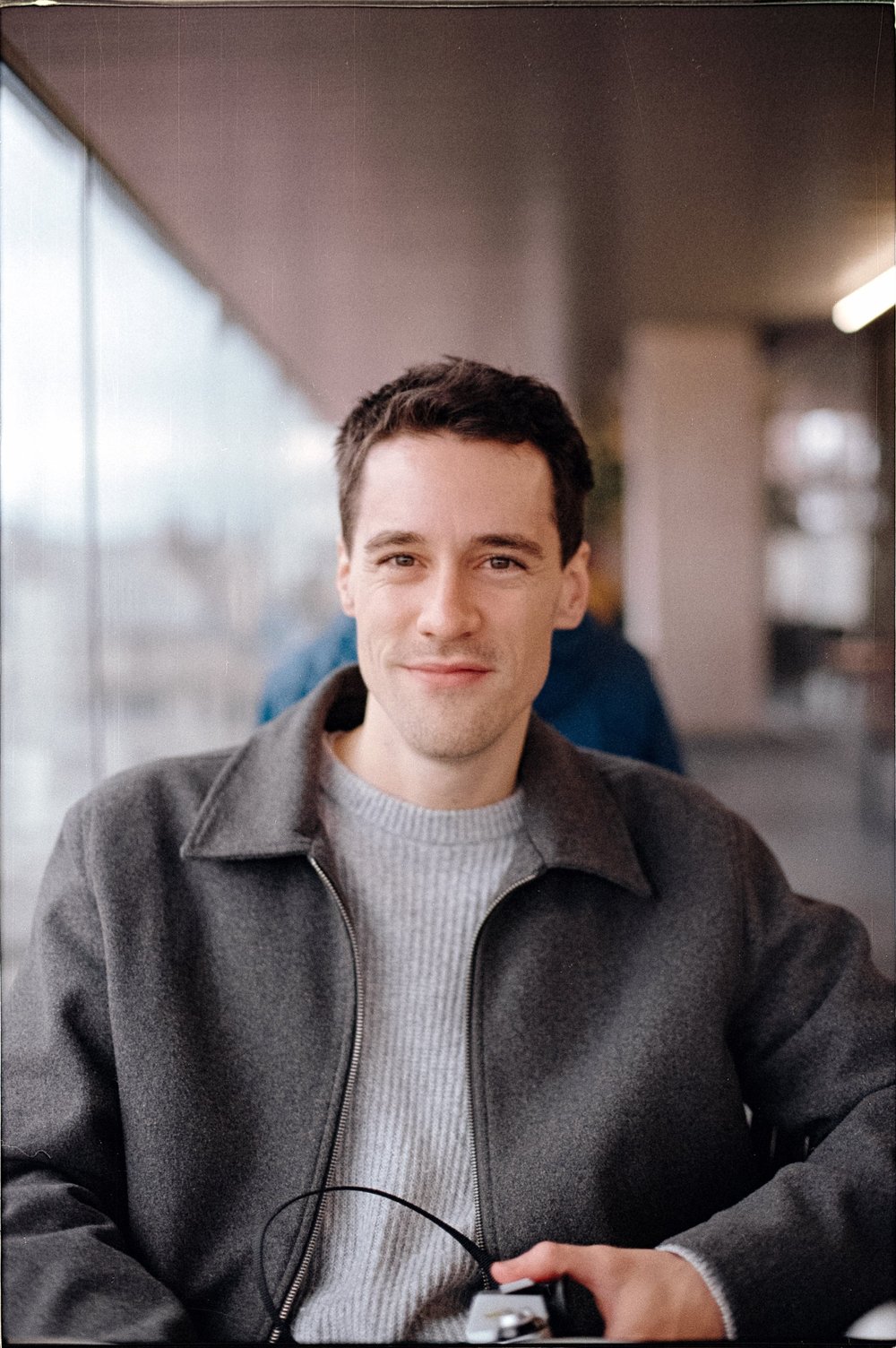
Gareth is a photographer based in London, working as a freelance photographer and videographer for the past several years, having the privilege to shoot for some household names. With work focusing on fashion, portrait and lifestyle content creation, he has developed a range of skills covering everything from editorial shoots to social media videos. Outside of work, he has a personal passion for travel and nature photography, with a devotion to sustainability and environmental causes.
- James ArtaiusEditor in Chief
